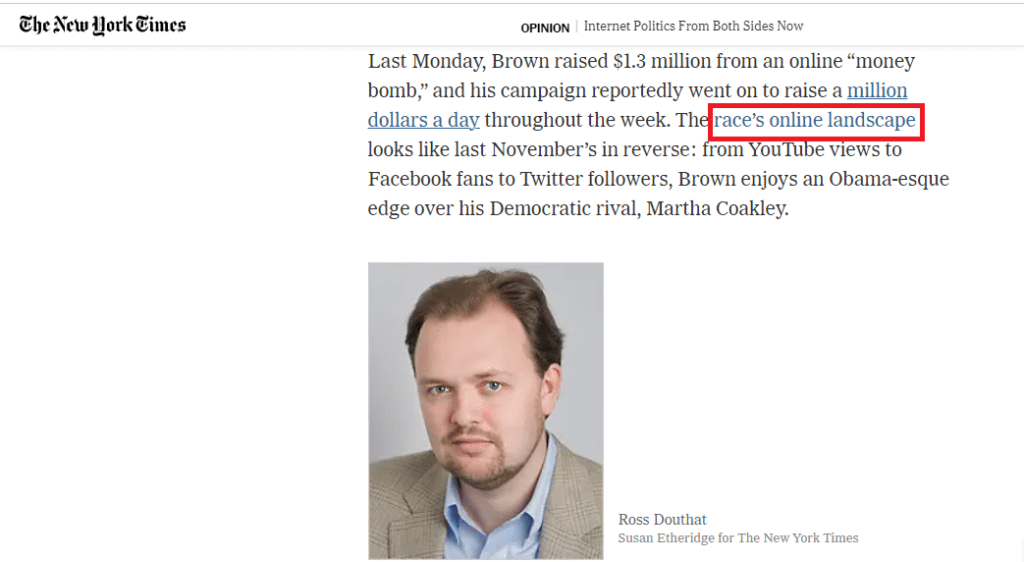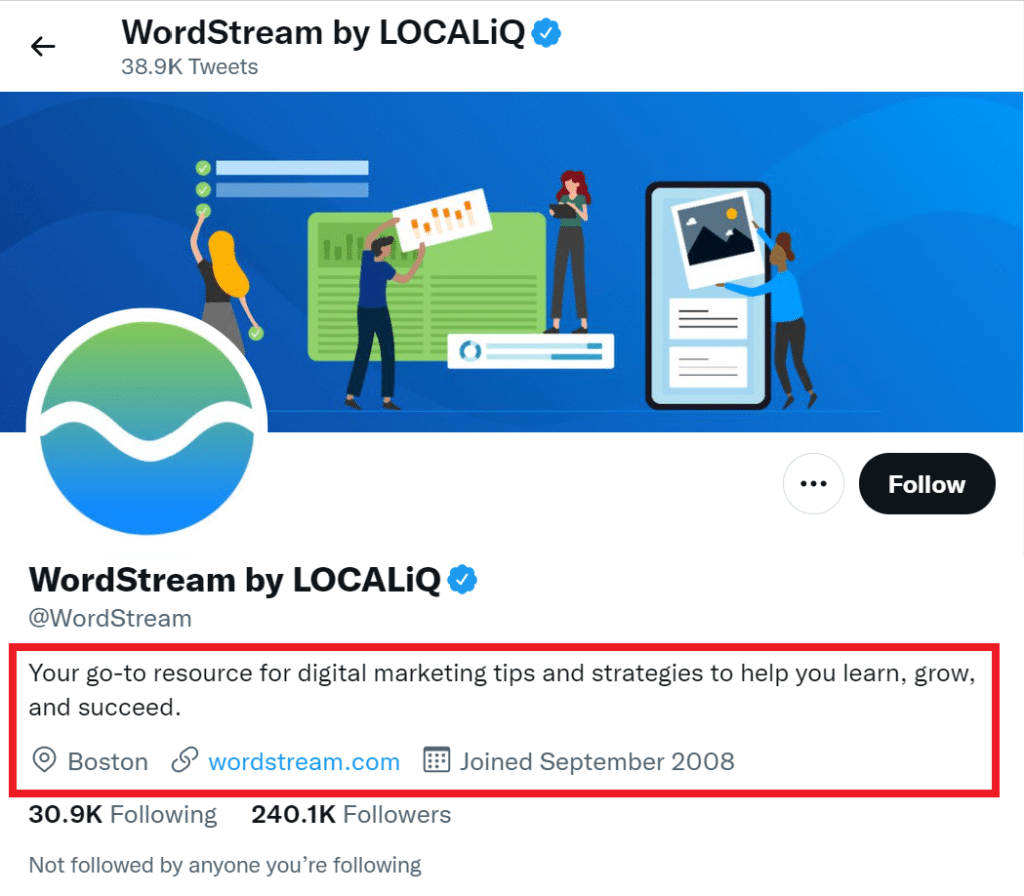Genuine and authoritative backlinks are one of the most important aspects of search engine optimization (SEO). They tell search engines that your website provides valuable and insightful content. Also, they position your brand as a trusted industry authority and thought leader. Backlinks from popular and relevant websites even help skyrocket referral traffic. So, it’s only natural that digital marketers and
Identifying the right link-building opportunities go a long way to improving your website search engine rankings. But link-building in the 21st century isn’t restricted to harnessing broken links and guest posting opportunities. You can use several new avenues, including social media platforms, to earn high-quality backlinks from established websites.
How do you get there? Let’s find out.
Getting Backlinks from Twitter: An Overview
First things first – sharing a URL in a bunch of tweets will have zero impact on the corresponding web page’s inbound link profile.
It’s because links from social media platforms, such as Twitter, Facebook, and Instagram, are no-follow. Your website doesn’t earn any link equity from these backlinks.
Despite that, Twitter continues to be an important channel for identifying and leveraging link-building opportunities.
How’s that possible?
What many
In simple words – Twitter is to link-building what LinkedIn is to B2B lead generation.
A well-defined strategy will help you grab the attention of writers, bloggers, and influencers in your industry before sending an outreach email.
That’s precisely how WordStream managed to earn an editorial link from The New York Times and Politico. All they did was create a piece of original, well-researched, and thought-provoking content, and tweet at various journalists with the link.
Several journalists picked up the tweet and started retweeting the link. As the stars aligned, WordStream achieved a total of 236 organic backlinks, including one from The New York Times. Also, it helped the website quadruple its referral traffic.

Image via WordStream
If you’re looking for the best way to get backlinks in today’s chaotic online world, the answer is to use Twitter for outreach.
So, how do you turn Twitter into your biggest link-building ally? Let’s take a look.
Using Twitter to Earn Backlinks
If WordStream’s success story has tempted you to use Twitter for link-building, use the following strategies to get started:
1. Optimize Your Profile
When you follow a journalist/writer/influencer or engage with their content, chances are they’ll check out your Twitter profile.
Wouldn’t you want to create a lasting impression on anyone who visits your account for the first time?
Start by crafting a snappy, straightforward, and memorable Twitter bio. Use it to showcase your personality and professional background.
If you’re running a Twitter account for your business, make sure the bio accurately describes your products/services. Make sure the tone and language align with your brand persona on other platforms.
Next, add a high-quality profile picture and header image to your profile. Make sure you use the same profile picture as the one in your outreach email. Also, don’t forget to include a link to your website or blog.

Image via Twitter
Enhance your timeline with witty, insightful, and engaging tweets. Make sure the content you share is relevant to your brand and industry.
2. Identify and List Your Prospects
For effective link-building, you can’t tweet at any random influencer with millions of followers. You need to identify authors, journalists, contributors, and thought leaders who publish content related to your industry.
Let’s say you own a sportswear company. Journalists who write for sports magazines and online publications would be a good match for your brand.
Check out relevant online news portals and magazines to identify authors, journalists, and thought leaders who’d be worth collaborating with.
Next, create a list of all the influencers you’d like to reach out to using Twitter. It’ll help you outline a strategy for cultivating meaningful relationships with them.
Also, it makes sense to organize your existing outreach contacts into a separate list. You can use Twitter to stay connected with them and forge a lasting relationship for more link-building opportunities.
3. Engage With Your Prospects
It takes time to build a rapport with thought leaders and influencers. You shouldn’t expect any results by occasionally tweeting at them.
Instead, take your time to get noticed and retain their attention.
Start by following their Twitter profile, and hitting the ‘heart’ button on their tweets. Avoid ‘favoriting’ every tweet they publish. Instead, do it only for those tweets that align with your interests and brand personality.
Next, retweet their content on your timeline. Add your insights and opinions to make the retweet more meaningful. Or you could simply compliment the writer for their work.
Take your interactions up a notch by connecting with prospects via direct messages. Send timely replies to their messages to keep the conversation going.
All your efforts should be directed at grabbing the attention of target journalists/influencers and building a relationship with them before sending an outreach email.
4. Leverage Outreach Opportunities
When you think about blogger/influencer outreach, Twitter isn’t the first channel that’ll come to your mind.
Is it even possible to highlight the value of your content in 280 characters?
As it turns out, you can reach out to relevant influencers on Twitter with a proposal for link-building.
The key is to find content creators/writers/journalists who have recently published content about a topic that’s also been covered on your website.
Tweet at the writer congratulating them for their remarkable content, and include a link to a relevant blog post from your website. Once you’ve got their attention, urge them to add a backlink.
This strategy may not work for established thought leaders and bloggers. But it can help you get backlinks from micro-influencers and new content creators in your industry.
Final Takeaways
Twitter is an excellent platform for harnessing link-building opportunities. It helps you forge and nurture relationships with industry thought leaders, influencers, journalists, and content creators. Optimize your Twitter profile and engage with the content that these influencers put out. Also, improve the quality of your content to make it worthy of a backlink.


